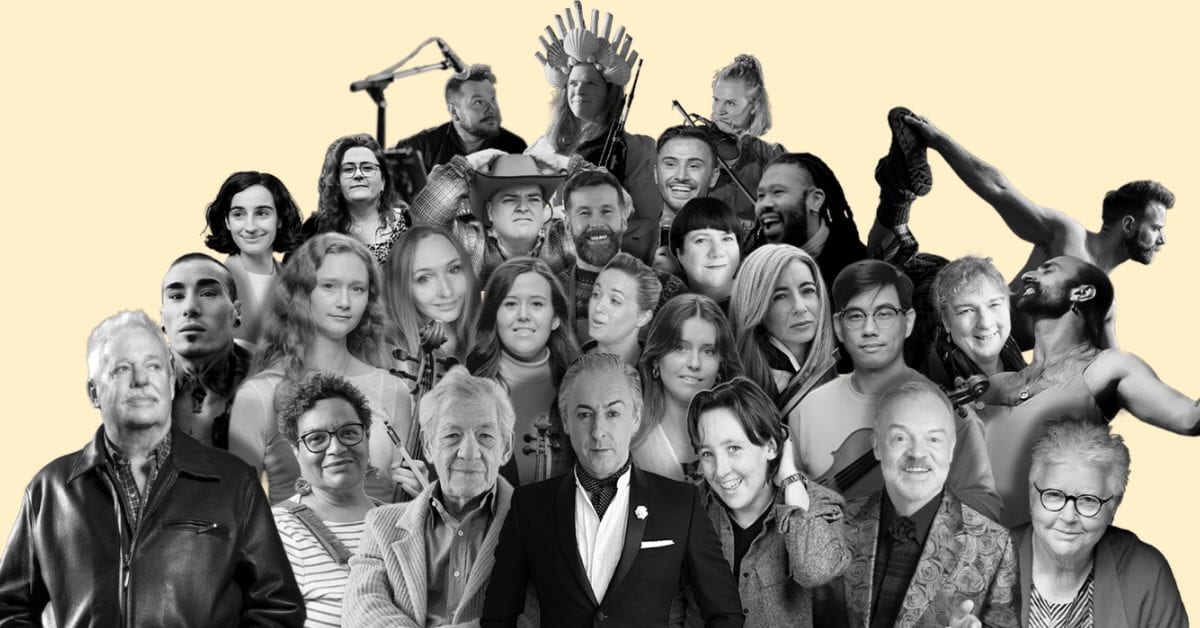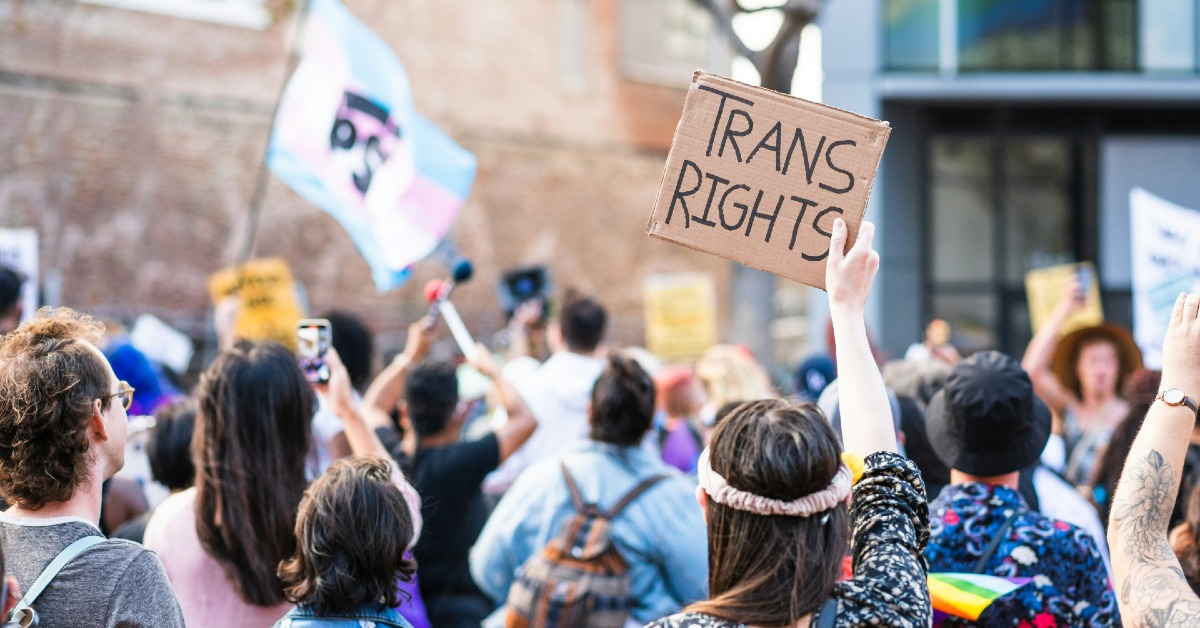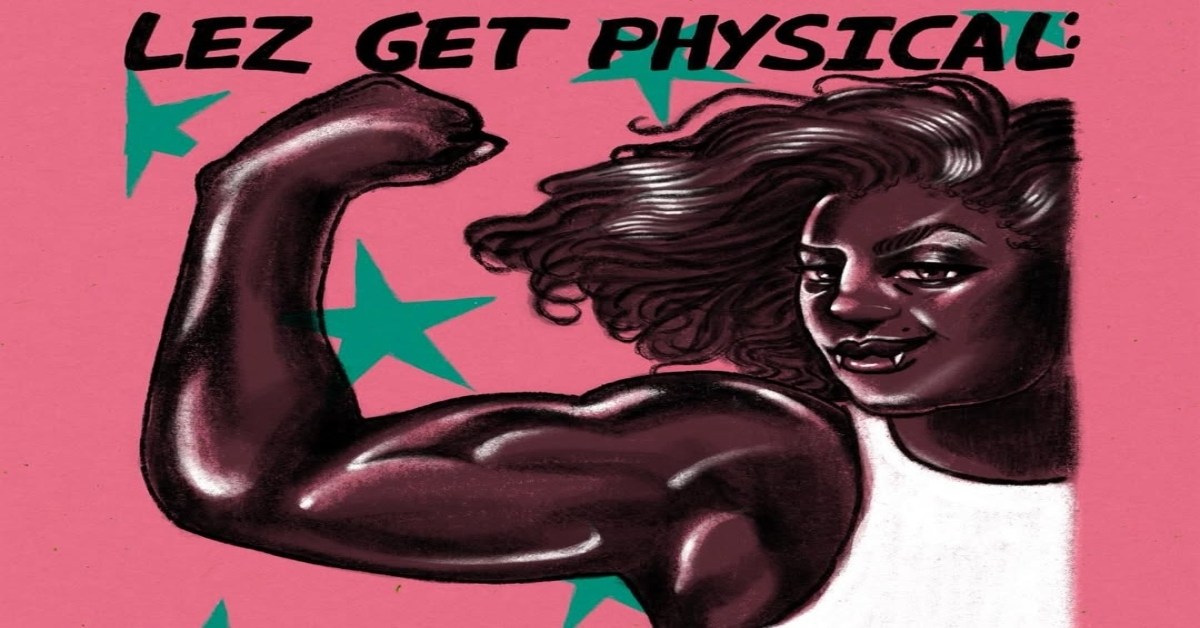BY: Jasmine Franklin
Published 3 hours ago

Each year, from Nov. 13. to Nov. 19, we observe Transgender Awareness Week. It is a time to raise visibility, share stories, and stand in solidarity with the transgender community. The week reminds us that visibility is not the final goal. Safety, respect, and joy are.
It also prepares the ground for Transgender Day of Remembrance on Nov. 20, which honors lives lost to anti-transgender violence. Together, they form a bridge between awareness and action. It is a moment to confront what it means to exist in a world that often refuses to respect and see trans people fully.
The Origins of Transgender Awareness Week
The roots of Transgender Awareness Week reach back to the late 1990s, when activists began calling for greater understanding of transgender lives. According to GLAAD, Transgender Day of Remembrance, founded in 1999 by advocate Gwendolyn Ann Smith, was the first public recognition of trans lives lost to violence. It began as a vigil for Rita Hester, a Black transgender woman whose 1998 murder became a rallying point for awareness.
As years passed, the community recognized that remembrance alone could not hold the full scope of transgender life. There needed to be space for education, celebration, and living visibility. In 2009, Michigan-based therapist and activist Rachel Crandall Crocker created a week dedicated to honoring living transgender people. That same year, the International Transgender Day of Visibility emerged as a global celebration of the trans community and a platform to raise awareness.
Crandall Crocker’s initiative evolved into what we now know as Transgender Awareness Week. It shifted the focus from mourning to empowerment, while still honoring those who were lost.
How Allies Can Show Support

Being an ally starts with doing the work yourself. Listening is important, but it is not enough. Education must come first. Before you speak, learn. Read the history of transgender activism. Understand the language, the identities, and the diversity within the community. Do not expect trans people to explain what can be researched or read.
Learn what laws protect or threaten transgender people in your state. Understand the current legislation’s stance on trans people. Bills related to healthcare, sports participation, and gender-affirming care fluctuate frequently. Staying informed helps allies speak with clarity and act with purpose. Knowledge is protection.
Once informed, act. Consider donating to organizations that support and serve transgender individuals. Support groups like the Transgender Law Center, The Okra Project, or local shelters and advocacy networks. Many trans people still face housing and employment discrimination. Financial support helps keep essential services running and accessible.
Engagement matters more than visibility. Attend community events that center trans voices. Think about volunteering with trans-led initiatives. Show up without centering yourself. Ask how you can help, then follow through.
Support is not a one-week commitment. It is an ongoing practice. Keep reading, giving, and showing up. Transgender Awareness Week serves as a reminder that allyship demands consistency, humility, and courage. It is a call to stay informed, stay involved, and keep protecting those who deserve to live openly and without fear.
Listening, Protecting, and Celebrating
Transgender Awareness Week reminds us that real support means showing up with intent. Listen to trans people. Protect their right to live freely. Celebrate their voices without turning them into symbols. The week is not just about awareness. It is about building a world where trans people are safe, respected, and seen as whole.
How do you plan to honor Transgender Awareness Week this year? Share your plans in the comments below.










